Day of the Girl Child 2017
- In Nepal, 1 out of 3 adolescent girls marry before 18 years of age.
- Nepal is 22th country in the world having high number of child marriage.
- In South Asia, 1 out of 2 adolescent girl gets married before 18 years and this is the highest rate in the world.
- Nepal is the third country in the South Asia region having the problem of child marriage.
- 37% of total child marriage in South Asia happens in Nepal.
Child marriage not only hampers the girl’s education but also possess a threat to their health. It leads to teenage pregnancy aggravating the situation of girl child.
According to NDHS 2016, 17% of young women age 15-19 had begun childbearing,13% had a live birth and 4% were pregnant at the time of the interview. The report shows that proportion of teenagers who had begun childbearing rises rapidly with age, from 2% at age 15 to 36% at age 19. Rural teenagers tend to start childbearing earlier than urban teenagers. Teenage pregnancy is seen more in Terai region than Hill zone and the tendency of early childbearing is seen in teenagers with lower levels of education and those in other quintiles.
This data clearly shows that life in Nepal is not easy for children and in particular for the girls. In this context, Nepal is celebrating International Day of the Girl Child (also known as Day of the Girl) today, October 11.
Since 2012, International Day of the Girl Child is celebrated globally with different themes addressing gender inequality issues and creating strong empowerment messages of the girl child across various spectrums. In 2012, the theme was highlighted as “Ending child marriage” followed by “Innovating for girl’s education”, “Empowering Adolescent Girls: Ending the Cycle of Violence”, “The Power of Adolescent Girl: Vision for 2030″ and “Girls’ Progress = Goals’ Progress: What Counts for Girls” in the successive years.
In 2017, the theme for the Day of the Girl is ‘EmPOWER girls: Emergency response and resilience planning”. In 2016, approximately 535 million children were living in countries affected by conflict, natural disasters, epidemics and other emergencies worldwide, with nearly 50 million children on the move, more than half of them are forcibly displaced. Globally, there are 1.1 billion girls in the world, who are the pillars of the future generation to bring change and help build a better future for all. In developing countries, most girls face various forms of gender discrimination just on the basis of being a girl.
During any crises situation, girls are displaced from their homes and are more vulnerable to gender-based violence, unwanted pregnancy, HIV infection, maternal death and disability, early and forced marriage, rape, trafficking, sexual exploitation and abuse. Protecting and promoting their rights, health, and well-being is therefore an essential element of crisis preparedness, effective response and recovery.
On 25 April 2015, a 7.8-magnitude earthquake struck Nepal. And even after two years of the earthquake about 1 million children affected by the earthquake continue to live in areas at high risk of landslides and floods. Their access to water, sanitation, education and health services are declined, putting them at a higher risk of exploitation and abuse, including trafficking and sexual exploitation.In the flash flood of August 2017, a total of 460,000 people from 91,400 families were displaced, and nearly 65,000 houses were completely destroyed. Among them, 680,000 children were affected while 352,738 displaced from their homes. UNICEF’s situation report showed that 7,14,000 children among the total flood victims were in need of humanitarian assistance.
Now is the time to focus on adolescent girls and redress a major gap in humanitarian and development programming. Evidence demonstrates that girls whose needs are catered for can go on to be leaders for response and recovery within their communities. Girls whose needs are not considered face consequences that may affect them for the rest of their lives
Globally, leaders and development organizations should ensure that adolescent girls are healthy, empowered and, thus, more resilient in the face of crises and in the rebuilding of their societies so as to enable them to fulfill their aspirations and dreams.
Day of the Girl Child 2017 should celebrate this day to ensure that all girls, everywhere, enjoy their full spectrum of rights and have the opportunities they need to fulfill their potential.
Contributors: Dr. Chandani Kharel and Aanchal Parajuli
Photo by: Rajesh Ghimire


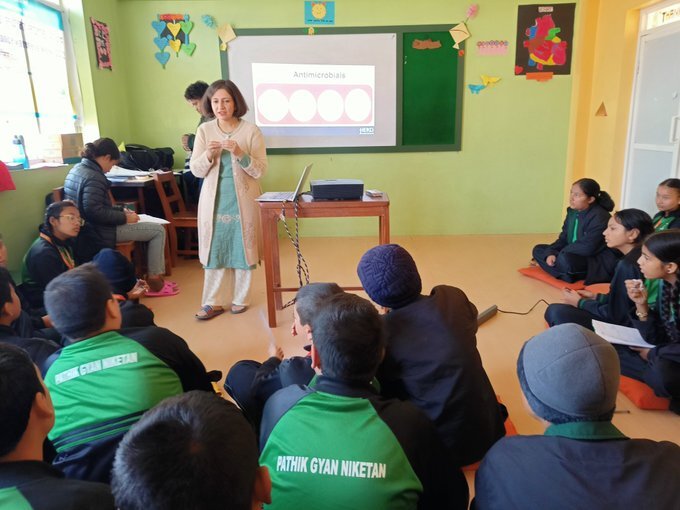

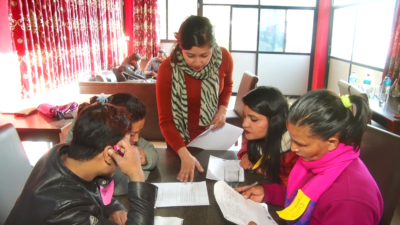
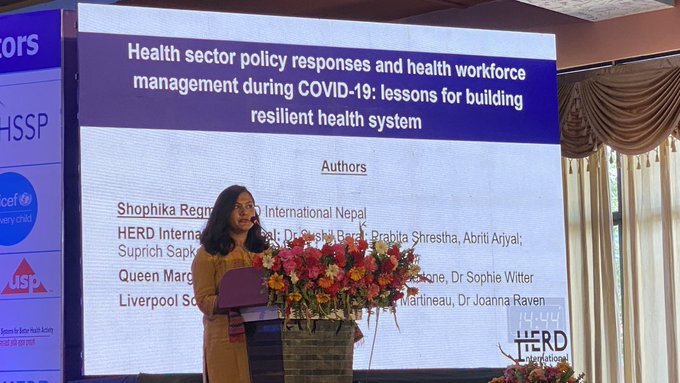

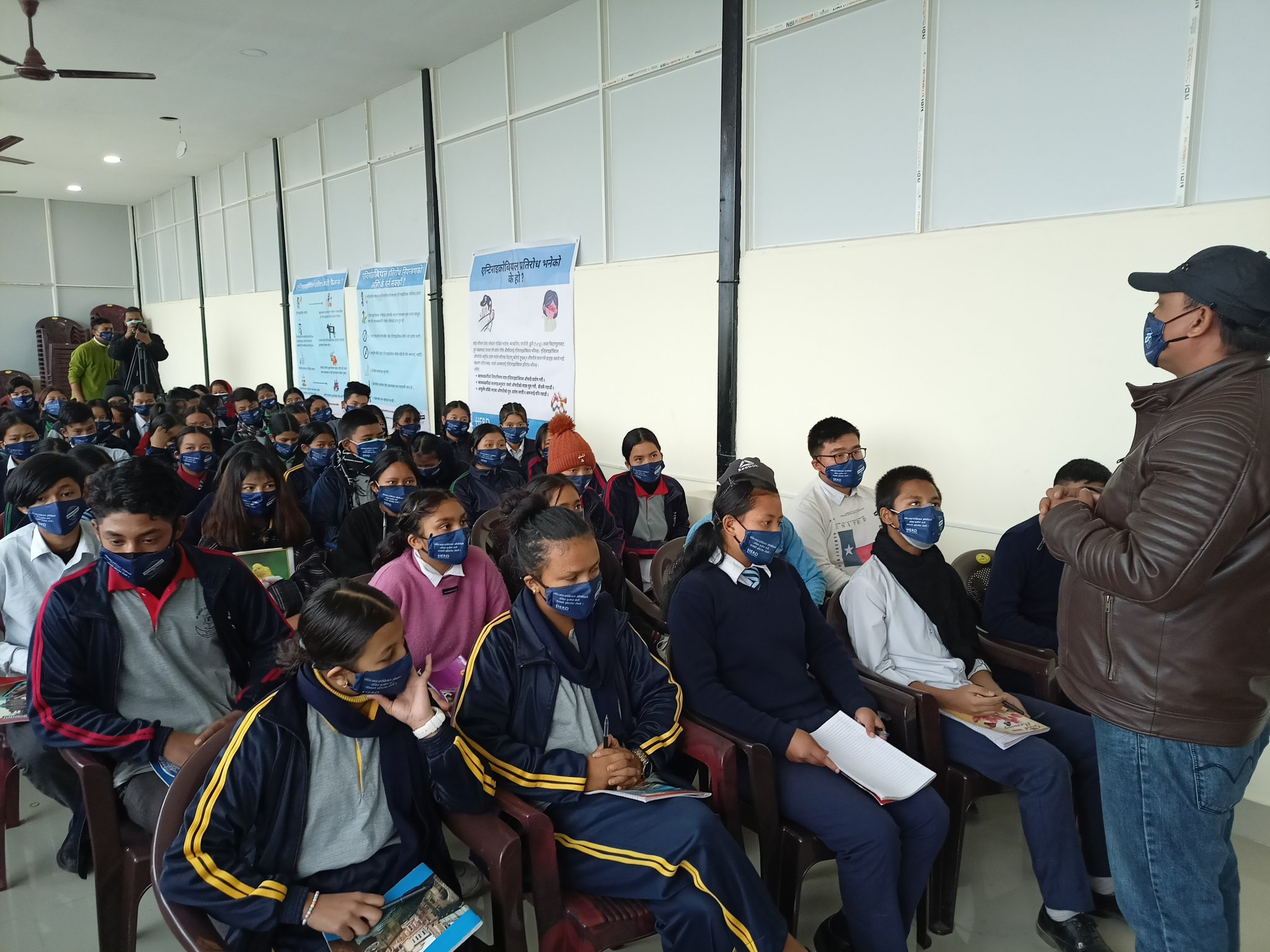


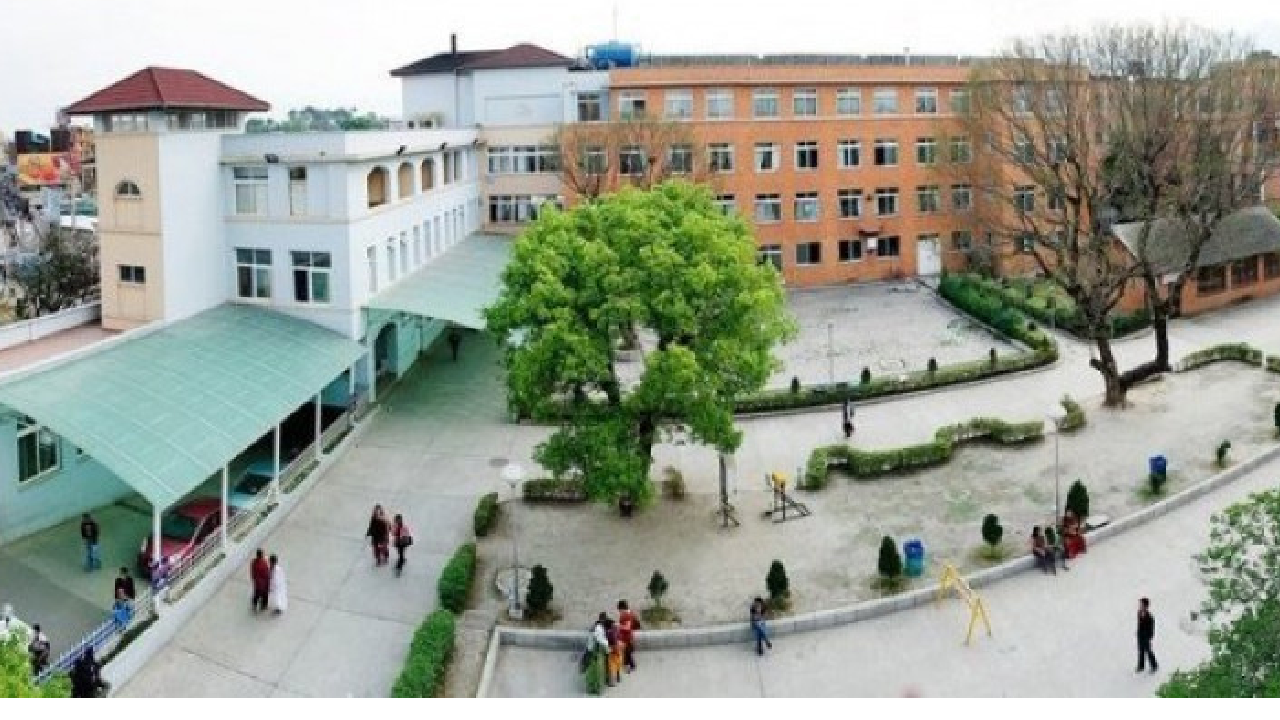
Comments (0)
No comments found.